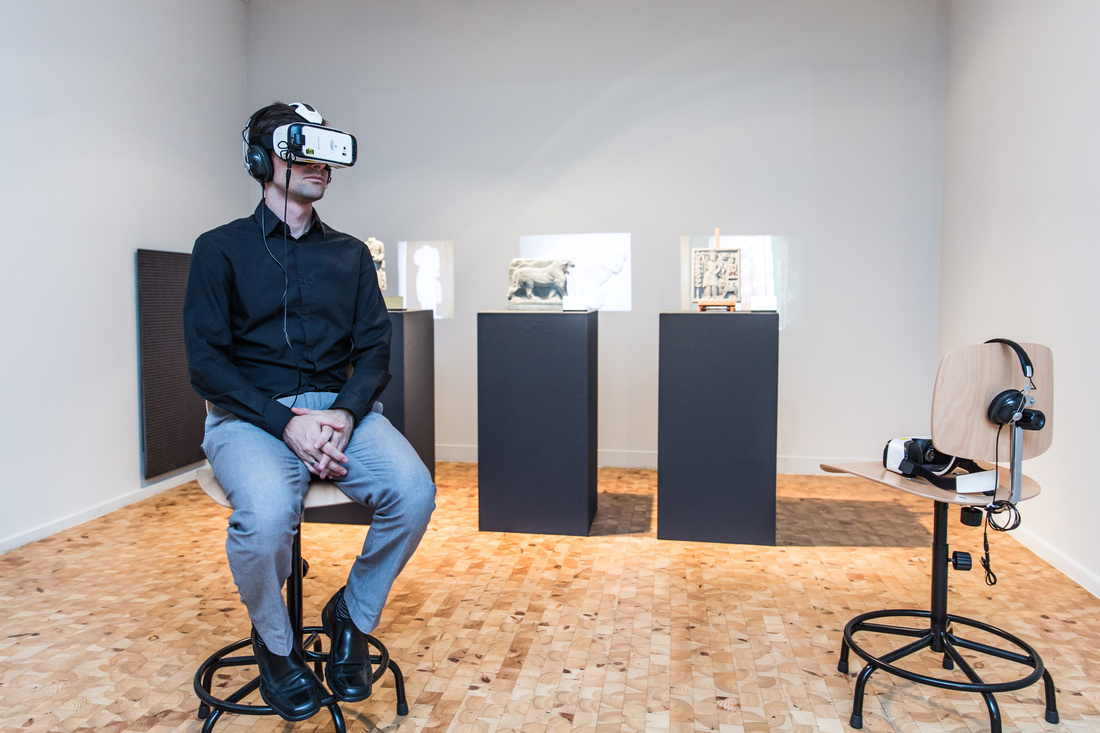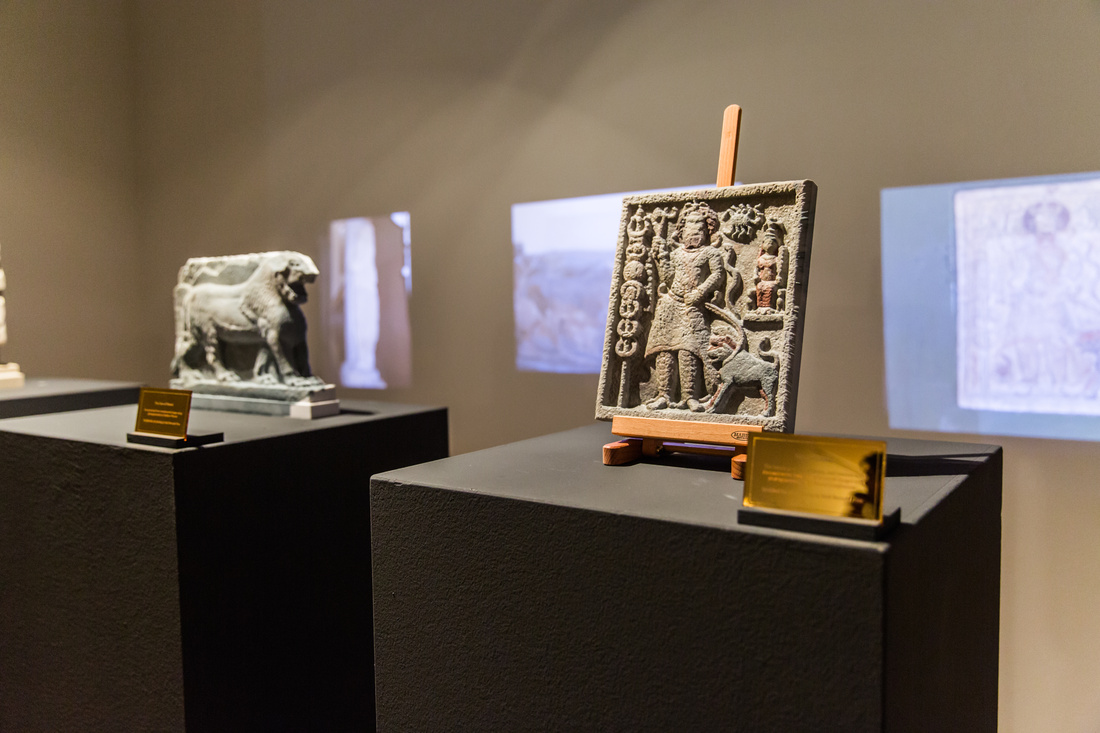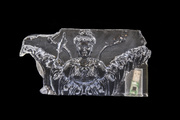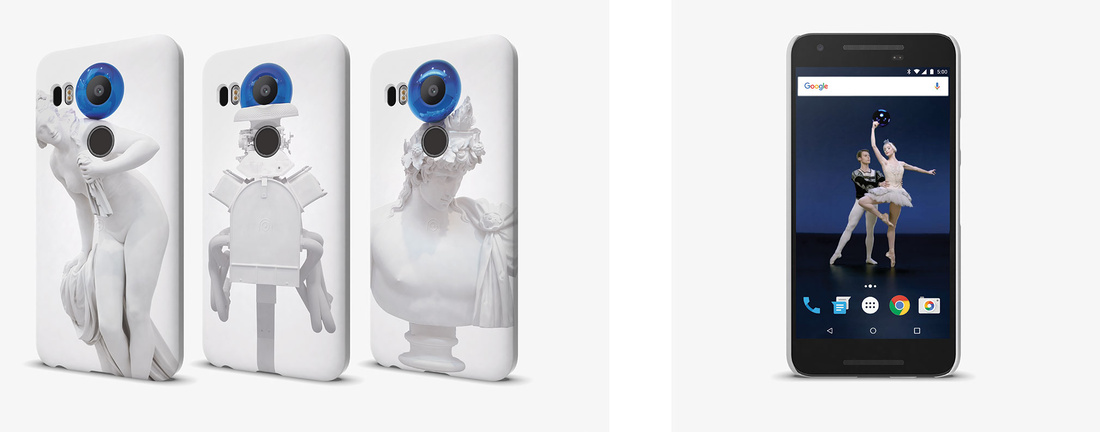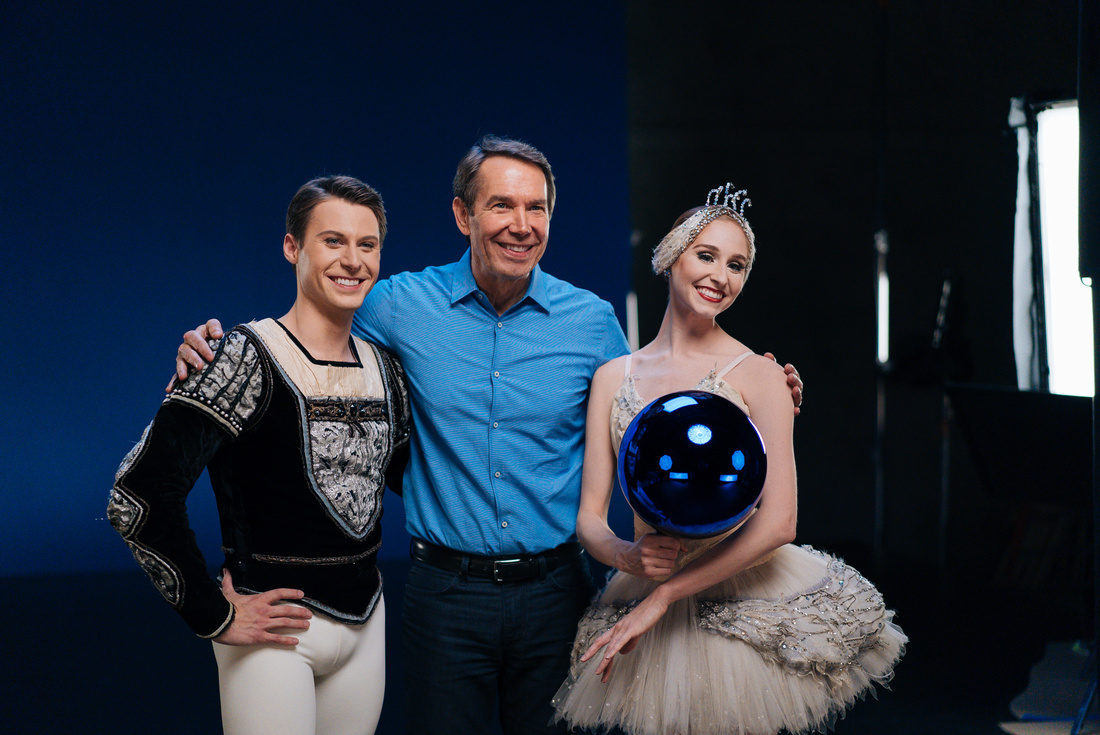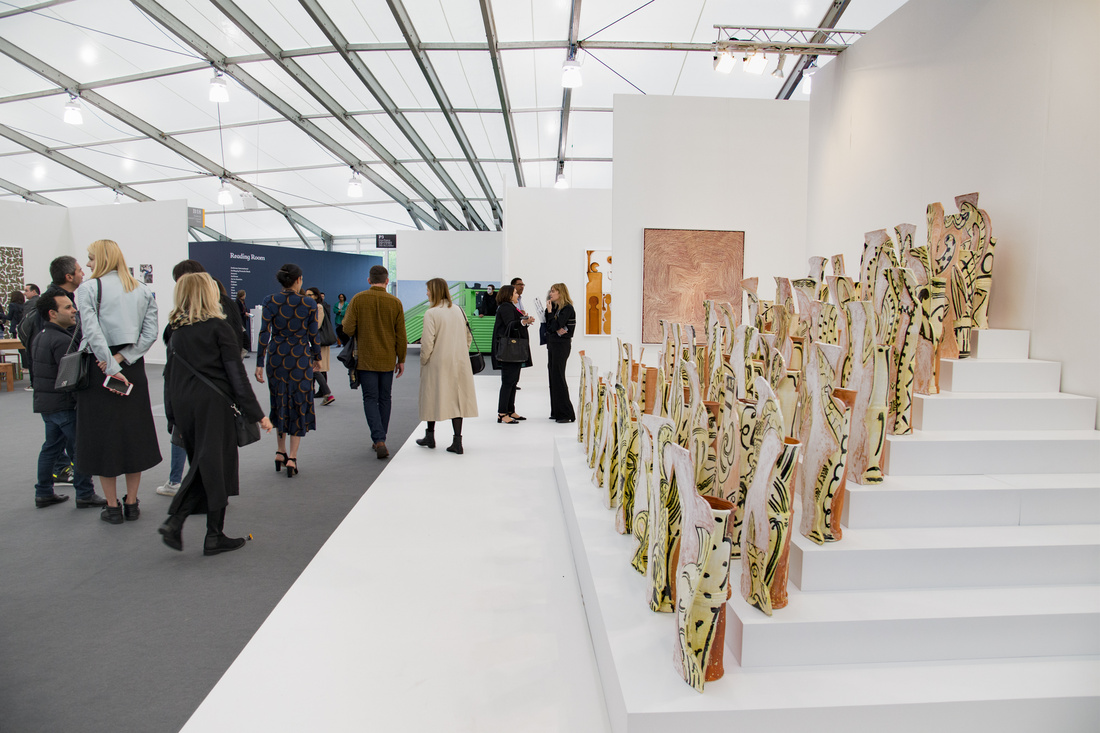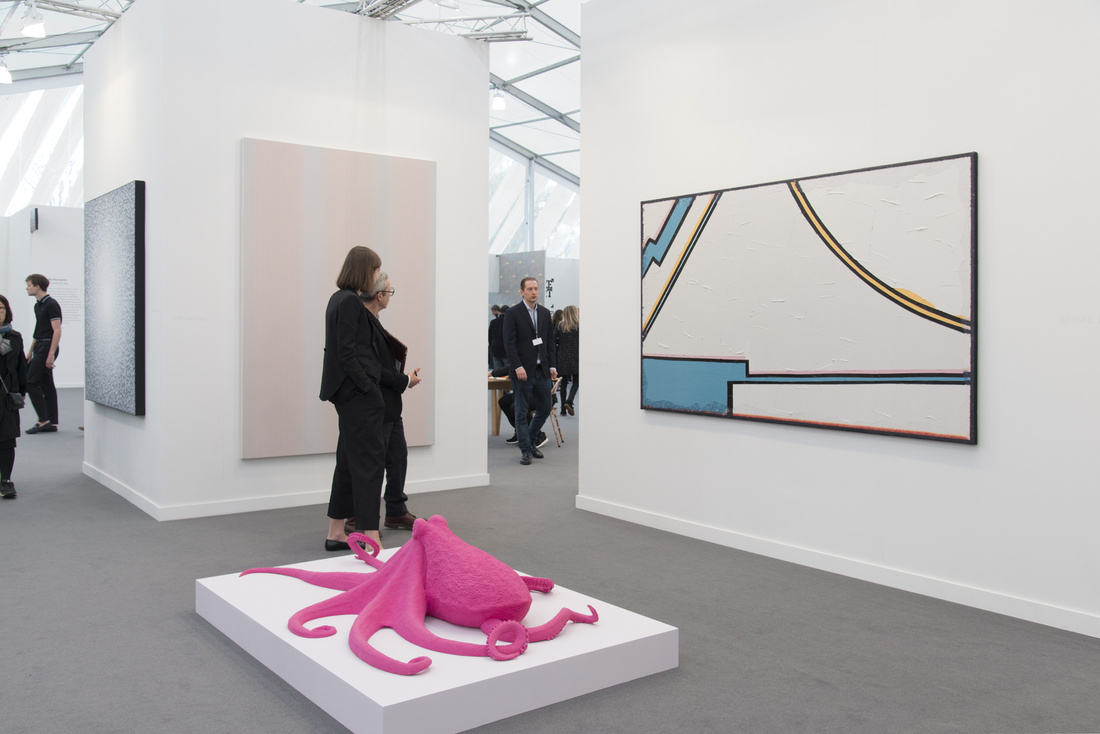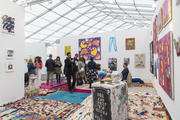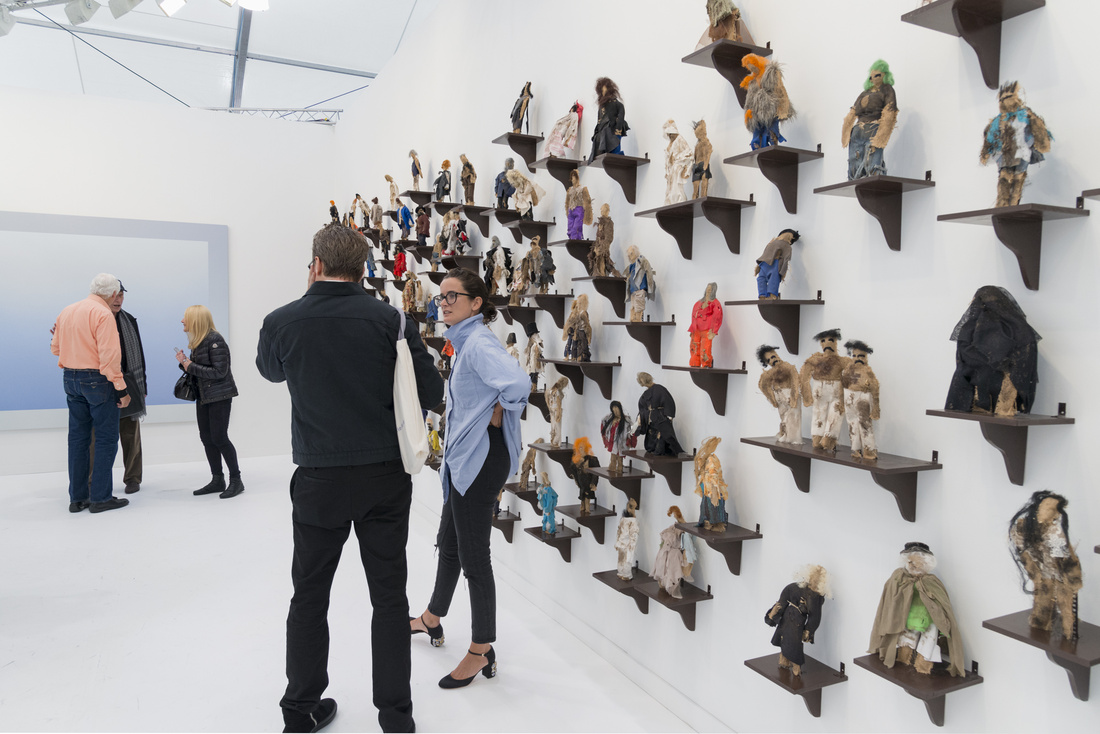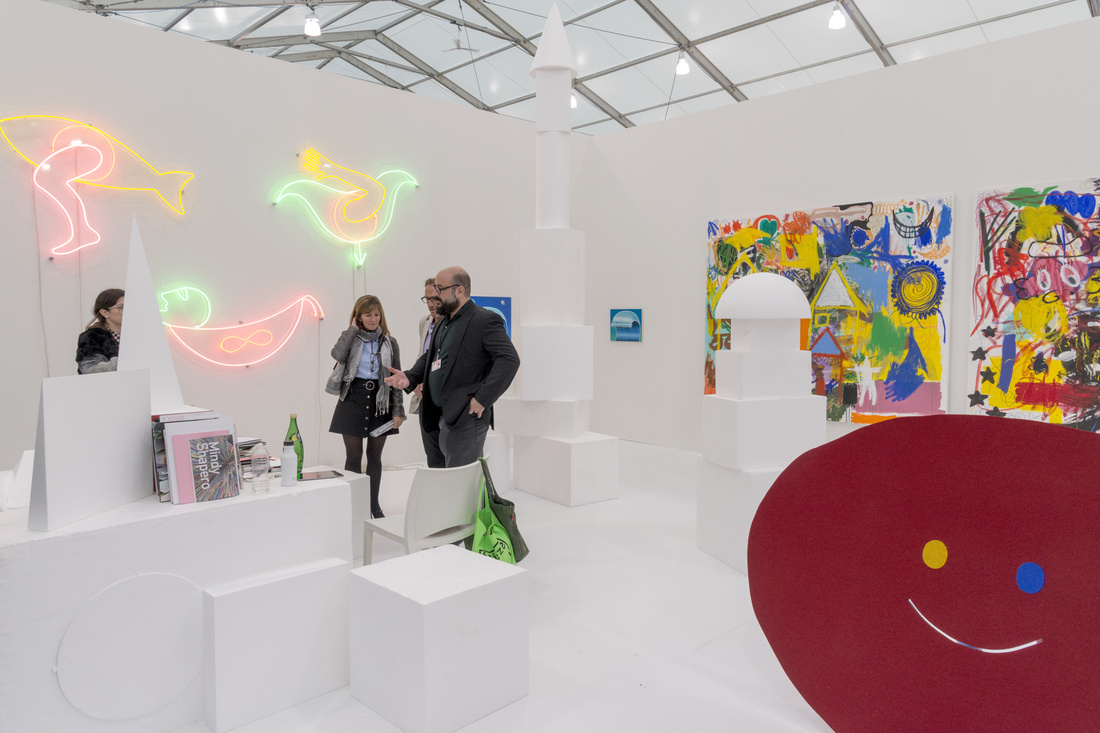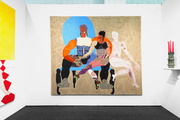DISCRIMINATION?
05.04.16 11:05 PM ET
White Student Sues Diversity Internship For ‘Discrimination’
She didn’t get the diversity internship. Now she’s suing.
The Getty Foundation’s Multicultural Internship for arts studies had strict guidelines. Only undergraduate students of African-American, Asian, Latino, Native American, and Pacific Islander descent—groups frequently underrepresented in the arts—were eligible.
But one white applicant missed the memo.
Samantha Niemann, an undergraduate at Southern Utah University, is suing the Getty Foundation for discrimination, claiming the group wrongfully barred her from its program aimed at increasing diversity in the arts. In a lawsuit filed last Friday in Los Angeles’ Superior Court, Niemann accused Getty of “harassment, discrimination, and retaliation” for failing to hire or consider her for an internship.
“The internship positions are intended specifically for students who are members of groups traditionally underrepresented in the staffs of museums and visual arts organizations,” the Getty Foundation’s internship description reads, “those of African-American, Asian, Latino/Hispanic, Native American, and Pacific Islander descent.”
The Getty Foundation isn’t understating the art world’s diversity issue. Analysis of 2012 U.S. census data found that nearly four out of five people who make a living from art are white. Arts administration jobs also skew overwhelmingly white. A National Endowment for the Arts study of cultural institutions found that “91 percent of board members were white, 4 percent were African-American or black, 2 percent were Hispanic, and 3 percent were in the ‘Other’ category.”
Still, Niemann says she was qualified for the internship, with a 3.7 GPA at her southern Utah college.
But “despite Plaintiff’s qualifications, Plaintiff was not hired and excluded from consideration,” Niemann’s lawsuit reads, adding that the Getty Foundation and its staffers “harassed, discriminated, and retaliated against Plaintiff due to and substantially motivated by Plaintiff’s race/national origin.”
The lawsuit does not describe any “harassment” outside of Getty’s failure to hire Niemann, though it helpfully describes her national origin as “German/Italian/Irish.”
Niemann’s suit seeks unspecified compensatory damages, and significant punitive damages, which would eclipse the pay she might have earned through the internship program.
The Multicultural Internships, available at a number of arts centers in Los Angeles, offer a $4,500 stipend for students enrolled in the 10-week program. Niemann is seeking damages “including, but not limited to loss of earnings and future earning capacity, medical and related expenses for care and procedures both now and in the future, attorney’s fees, and other pecuniary loss not presently ascertained.”
She is also seeking a stiff penalty under California’s anti-discrimination code, which could require offending parties to pay her $25,000 each for every damage she allegedly suffered. The fee could pay nearly six interns’ stipends.
Reached by email, Getty defended its internship program’s record, but did not comment on the pending litigation.
“The Getty is very proud of the highly successful Multicultural Undergraduate Internship Program launched by the Getty Foundation in 1993 in order to increase the diversity of professional staff in museums and visual arts organizations in LA County,” Ron Hartwig, vice president of communications for the J. Paul Getty Trust, told the Daily Beast in a statement. “Over the past 23 years, Getty grants have supported over 3,000 internships at 152 organizations throughout the county.”
But Hartwig added that Getty had decided to open the internship to white applicants in recent months.
“Prompted by inquiries from potential applicants as well as internal and external discussions, several months ago we modified the eligibility criteria for 2016 as follows: applicants must be members of an underrepresented group including but not limited to those of African American, Asian, Latino/Hispanic, Native American, or Pacific Islander descent,” he wrote.

